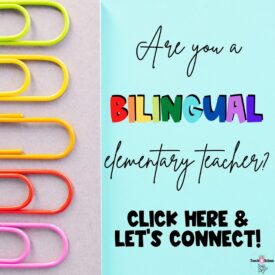Let me back up some to explain this. In the fall of 2002, I saw a commercial for TFA. In it, a student did not know teacher kept calling on him. The teacher mispronounced his name, so the kid never looked up. Then a bilingual teacher calls on Guillermo. The student puts his head up, smiles and engages in class. At the end of the commercial, it said something about how teacher-student relationships matter.
I knew right then, that I wanted to be a teacher. My family and I had been in the country for only 2 years. My siblings and I had experience first hand, the challenges immigrant families face in American schools.
So, I went to college and got my bachelor’s and master degree. Then, I began teaching in Baltimore City. Teaching from Pre-K to 3rd grade, and even Spanish as an elementary enrichment class. I learned a lot about teaching in a high need school. Some of the best PD and leaders supported me as a young educator. Yet, something was missing. It often felt like my bilingual skills were not being used to the fullest of their potential.
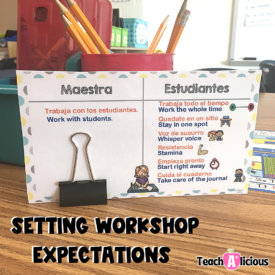
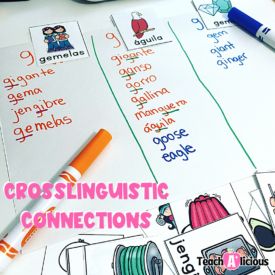
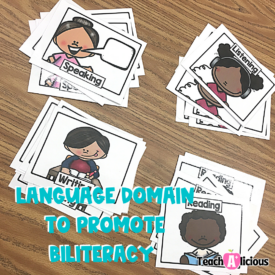
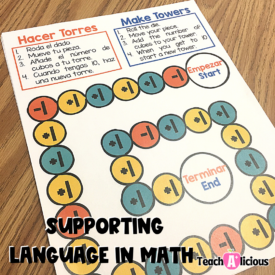
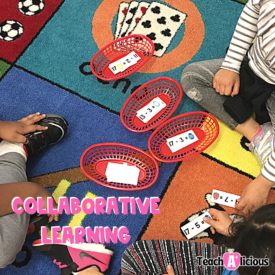
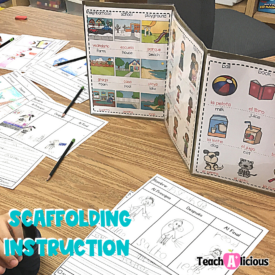
Now, here is a secret.
In 2010, I was pregnant with my first son and teaching in the inner city. I noticed that students in ESOL programs were constantly getting pulled out of the classroom. Many of them were academically behind in comparison to their peers.
Our school system did not provide immersion or dual language programs. I did not trust the school system to help me raise a strong bilingual child to be academically successful. Together with my husband, we made the decision to make English his primary language. Talking and teaching our son mostly in English. We figured we would teach him Spanish once he was a strong reader in English. After all, we did not want our son to be academically behind.
My son was a strong reader and mathematician even before he started kindergarten. As the years went on, my son was academically gifted, but he was not bilingual anymore.
The gift of being bilingual and biliterate.
After teaching in a charter school in Baltimore City for over 8 years; my husband and I made the decision to move closer to our family. I got a position to teach first grade at a school with a growing dual language immersion program. I loved the idea of being able to use my gift of bilingualism to teach young students.
This gift became more than just a key to open an opportunity for a new career as a bilingual educator. It opened my eyes to how equity and social justice can be achieved through language.
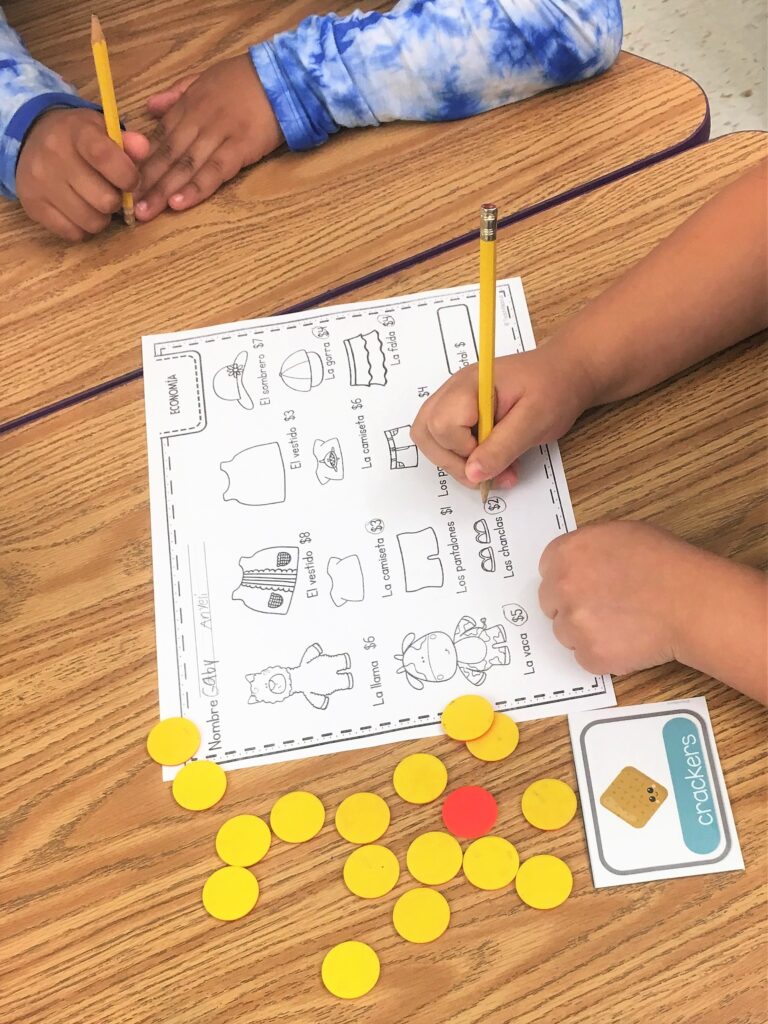
In my dual language classroom, all of my students are language learners. Spanish speaking students learn English. English speaking students learn Spanish. I even have some French, Mandarin, Russian, and Arabic speaking students learning both. Multilingualism is celebrated and encouraged. Every student is at a different point in their educational journey and that makes my dual language classroom so unique.
Dual language & bilingual immersion.
As a bilingual educator, I have witnessed how dual language changes students’ schooling experience. My Spanish speaking students can access the content in their native language and bloom their reading and math skills. On the other hand, I see my native English speaking students engage in productive struggle. They develop their understanding of math concepts and learn to read in Spanish. All students are experts and learners at the same time. Here are 4 secrets I learned as a Dual Language teacher during my first year.
The growth I see in all of my students is just amazing. They find different ways to make meaning and communicate their ideas. Their confidence grows throughout the year as they develop their bilingual brain.
The dual language program at my elementary school allows my students to experience both languages in both content areas. My bilingual partner teacher and I take turns alternating the content that we teach each week. Week A, I teach math while she teaches language arts. Then, on week B, we teach the opposite content. Then on Friday, we get to have a party.
Friday is my favorite day of the week! My partner teacher and I bring our students together to co-teach or bridge the 2 languages. Co-teaching in bilingual classrooms is essential for a successful dual language program. We play music, use our crayon hats, play cognate detectives, and have fun comparing and contrasting both languages. La fiesta de Friday is the highlight of our week.
Being part of the change.
I don’t regret our decision on how we raised our oldest son. Yet, I wish 10 years ago I had more options to educate my bilingual children with a focus on biliteracy. I love being part of this new bilingual school community and give families the opportunity to have access to bilingual and biliteracy education for their children.
As a bilingual educator, I have the opportunity to help other Spanish speaking families connect with the school community. Help families retain their language and culture identity. It also means that I am an agent for change. I have the responsibility to open doors and opportunities for students of different backgrounds to learn, accept and celebrate culturally and linguistically diverse communities.
I strongly believe that teaching for change, social justice and equity starts here. By advocating for and teaching biliteracy in this bilingual program. I
